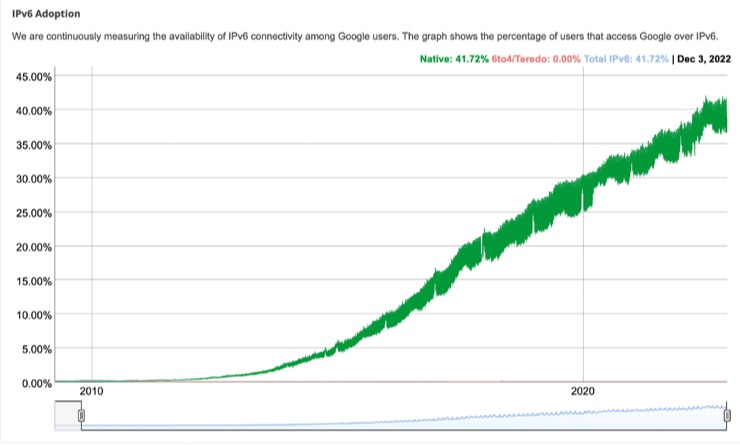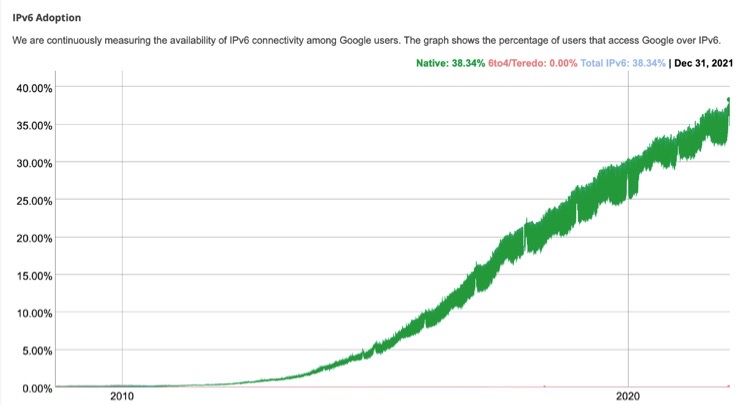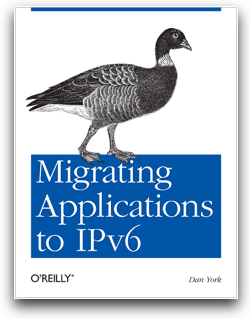There has been a big change with the book. About a year ago I approached my editor at O’Reilly about creating a second edition of the book. It turned out that because the book hadn’t really ever sold well (more on that below), they were no longer interested in carrying the book. They were, however, willing to revert the copyright and all content to me (except for the cover art and their branding, of course). This was actually fine by me and so we parted amicably.
I am immensely grateful to O’Reilly for publishing the first edition of this book! As people who have read the book know, the book emerged out of a proposal to speak at the OSCON 2011 conference. I thank the whole team at O’Reilly for all their help in making this book happen.
What’s Next?
I’m now planning a Second Edition of the book, with the plan to simply self-publish through one of the various publishing platforms (most likely Amazon, but we’ll see). The goal will be to publish sometime in 2020.
I am also planning to make all of the content freely available in a git repository. It won’t be on Github, because that site only works over IPv4. I’m looking into several Gitlab installations that do work over IPv6.
Along the way I’ll be converting the text from DocBook XML to Markdown, updating a good number of the links, and making a number of other changes.
I am very excited about this change. One of the issues I had with the First Edition (and the major critique in any reviews) was that the book was priced at $24.99. This was not MY choice. In a traditional publishing relationship, the publisher sets the price. The author has no control over this. I always felt this was too high for the small size of the book. Now, I can set a more appropriate price. I can also make the content available for free, as I mentioned above.
If you are interested in receiving updates about the Second Edition as I move forward with it, please fill out this short form.
Thanks to everyone who has helped with the book over the years. Thank you again to everyone at O’Reilly who helped make this book happen.
Now… on to the Second Edition!




